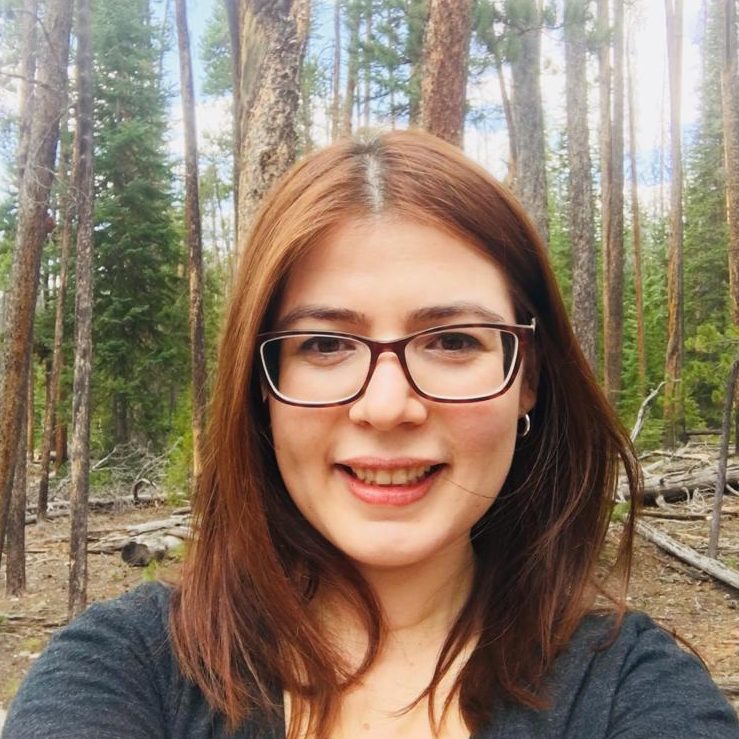Journal Paper
Publication Types:
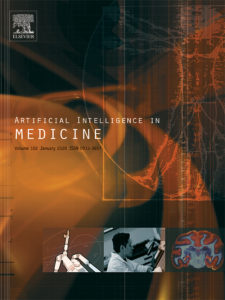
Multimodal Tensor-Based Method for Integrative and Continuous Patient Monitoring During Postoperative Cardiac Care
Patients recovering from cardiovascular surgeries may develop life-threatening complications such as hemodynamic decompensation, making the monitoring of patients for such complications an essential component of postoperative care. However, this need has given rise to an inexorable increase in the number and modalities of data points collected, making it challenging to effectively analyze in real time. While many algorithms exist to assist in monitoring these patients, they often lack accuracy and specificity, leading to alarm fatigue among healthcare practitioners. In this study we propose a multimodal approach that incorporates salient physiological signals and EHR data to predict the onset of hemodynamic decompensation. A retrospective dataset of patients recovering from cardiac surgery was created and used to train predictive models. Advanced signal processing techniques were employed to extract complex features from physiological waveforms, while a novel tensor-based dimensionality reduction method was used to reduce the size of the feature space. These methods were evaluated for predicting the onset of decompensation at varying time intervals, ranging from a half-hour to 12 hours prior to a decompensation event. The best performing models achieved AUCs of 0.87 and 0.80 for the half-hour and 12-hour intervals respectively. These analyses evince that a multimodal approach can be used to develop clinical decision support systems that predict adverse events several hours in advance.
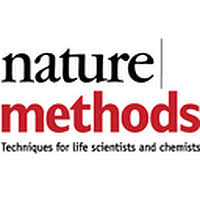
Deep learning and alignment of spatially-resolved whole transcriptomes of single cells in the mouse brain with Tangram
Charting a biological atlas of an organ, such as the brain, requires us to spatially-resolve whole transcriptomes of single cells, and to relate such cellular features to the histological and anatomical scales. Single-cell and single-nucleus RNA-Seq (sc/snRNA-seq) can map cells comprehensively5,6, but relating those to their histological and anatomical positions in the context of an organ’s common coordinate framework remains a major challenge and barrier to the construction of a cell atlas7–10. Conversely, Spatial Transcriptomics allows for in-situ measurements11–13 at the histological level, but at lower spatial resolution and with limited sensitivity. Targeted in situ technologies1–3 solve both issues, but are limited in gene throughput which impedes profiling of the entire transcriptome. Finally, as samples are collected for profiling, their registration to anatomical atlases often require human supervision, which is a major obstacle to build pipelines at scale. Here, we demonstrate spatial mapping of cells, histology, and anatomy in the somatomotor area and the visual area of the healthy adult mouse brain. We devise Tangram, a method that aligns snRNA-seq data to various forms of spatial data collected from the same brain region, including MERFISH1 , STARmap2, smFISH3 , and Spatial Transcriptomics4 (Visium), as well as histological images and public atlases. Tangram can map any type of sc/snRNA-seq data, including multi-modal data such as SHARE-seq data5 , which we used to reveal spatial patterns of chromatin accessibility. We equipped Tangram with a deep learning computer vision pipeline, which allows for automatic identification of anatomical annotations on histological images of mouse brain. By doing so, Tangram reconstructs a genome-wide, anatomically-integrated, spatial map of the visual and somatomotor area with ~30,000 genes at single-cell resolution, revealing spatial gene expression and chromatin accessibility patterning beyond current limitation of in-situ technologies.
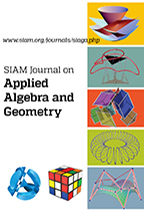
Algebraic Methods for Tensor Data
We develop algebraic methods for computations with tensor data. We give 3 applications: extracting features that are invariant under the orthogonal symmetries in each of the modes, approximation of the tensor spectral norm, and amplification of low rank tensor structure. We introduce colored Brauer diagrams, which are used for algebraic computations and in analyzing their computational complexity. We present numerical experiments whose results show that the performance of the alternating least square algorithm for the low rank approximation of tensors can be improved using tensor amplification.

Newton polytopes in algebraic combinatorics
A polynomial has saturated Newton polytope (SNP) if every lattice point of the convex hull of its exponent vectors corresponds to a monomial. We compile instances of SNP in algebraic combinatorics (some with proofs, others conjecturally): skew Schur polynomials; symmetric polynomials associated to reduced words, Redfield–Pólya theory, Witt vectors, and totally nonnegative matrices; resultants; discriminants (up to quartics); Macdonald polynomials; key polynomials; Demazure atoms; Schubert polynomials; and Grothendieck polynomials, among others. Our principal construction is the Schubitope. For any subset of [?]^2, we describe it by linear inequalities. This generalized permutahedron conjecturally has positive Ehrhart polynomial. We conjecture it describes the Newton polytope of Schubert and key polynomials. We also define dominance order on permutations and study its poset-theoretic properties.
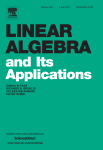
On the Waring rank of binary forms
The K-rank of a binary form f in K[x,y], K⊆ℂ, is the smallest number of d-th powers of linear forms over K of which f is a K-linear combination. We provide lower bounds for the ℂ-rank (Waring rank) and for the ℝ-rank (real Waring rank) of binary forms depending on their factorization. We completely classify binary forms of Waring rank 3.

Binary forms with three different relative ranks
Abstract
Suppose f(x,y) is a binary form of degree d with coefficients in a field K⊆ℂ. The K-rank of f is the smallest number of d-th powers of linear forms over K of which f is a K-linear combination. We prove that for d≥5, there always exists a form of degree d with at least three different ranks over various fields. The K-rank of a form f (such as x3y2) may depend on whether -1 is a sum of two squares in K.
